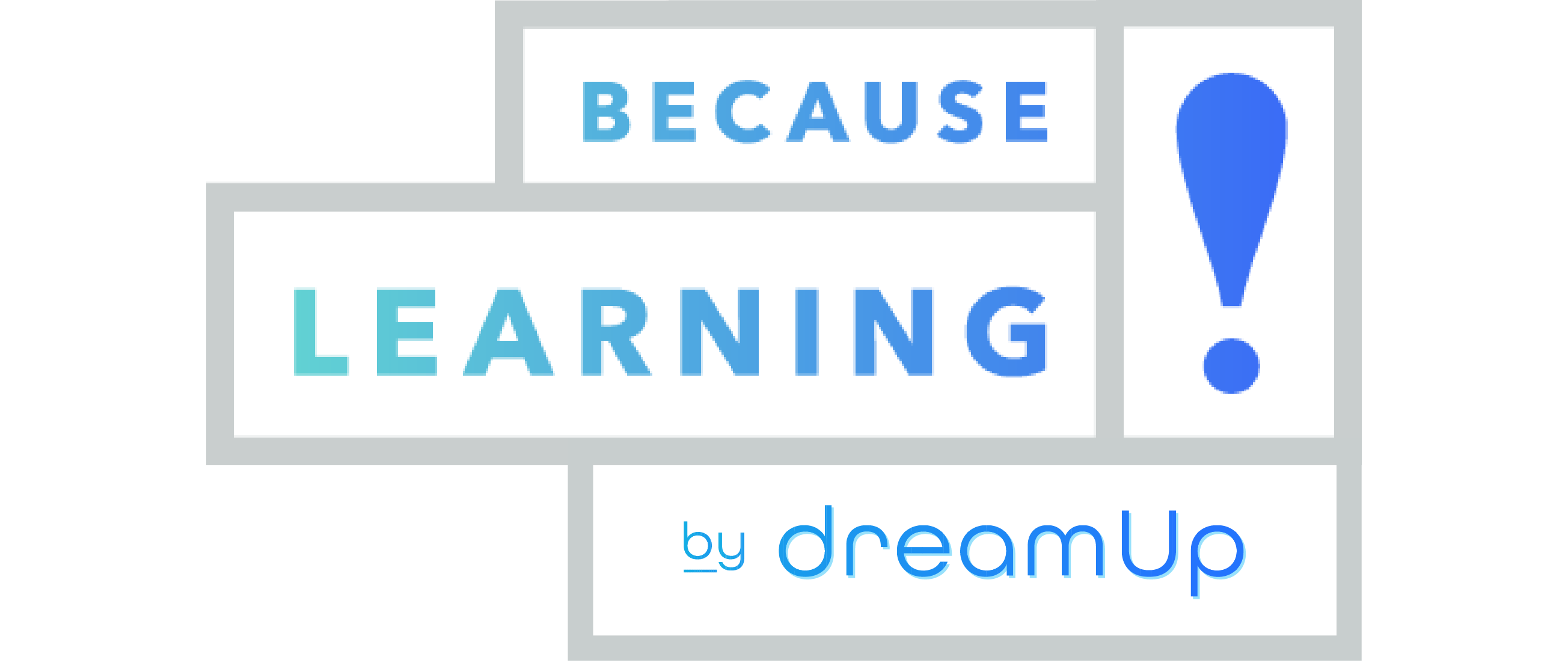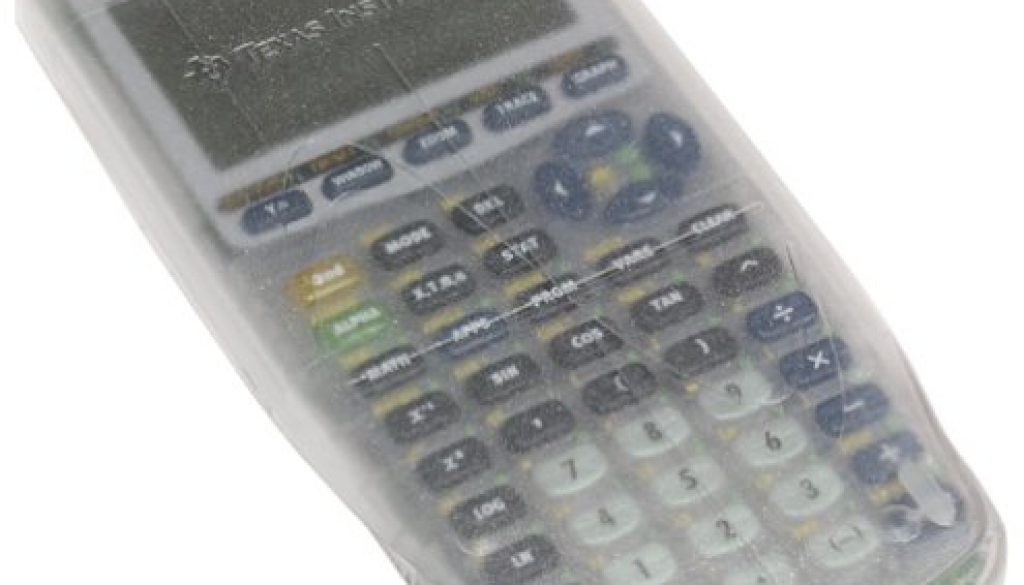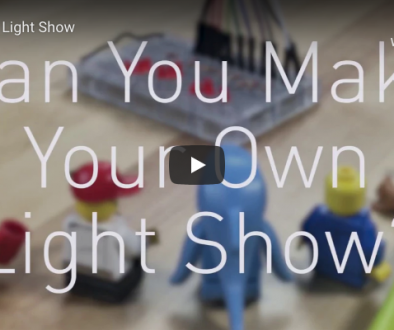Coding in math classrooms? Yes – here are 3 simple ways
Remember those TI-83 calculators you had to use in high school math? It turns out they’re the perfect intro to coding in your classroom.
These calculators have been used for decades! Kids today are probably using the same ones you used during grade school. Even though these have been used for so long, they aren’t the most intuitive.
To calculate a finite integral, the input is weird and looks like this: fNINT(function, variable, lower limit, upper limit).
Here’s an example: fNINT(x+3, x, 0, 1).
The students had the hardest time with the format for the input. They had to enter the data in a specific, predictable way so the calculator knew how to calculate the finite integral. In a way, students are essentially “coding.” Without the correct input, the calculator would not properly execute the fNINT function.
I found that once I explained this to my students, they were able to understand why the order was so important. This helped them remember the correct order and use their calculators correctly.
Since the earliest days of graphing calculators, coding has evolved dramatically. There’s now a plethora of resources for students to learn how to use graphic calculators, whereas even just 15 years ago, students only had a few resources at their disposal.
This process of understanding how using their calculators is coding – and learning how to find solutions to questions on their own – is the perfect introduction to coding in the math classroom.
Coding in Math Opens Doors
Modern math teachers are faced with a challenge. Computers and technology are all around us. Solving math problems is simply a click away in most search engines.
But as we educators know, teaching math isn’t just about helping students solve the problem. It’s about helping them understand important principles and concepts they’ll build on later (such as in calculus and advanced math courses).
By incorporating coding into our classrooms, we’re not just meeting abstract district or state mandates. We’re helping our students discover what mathematics really means.
Math is the language of science. It teaches reason and how to problem solve. Since math is objective and predictable, it’s a good place to learn coding. Like math, coding teaches problem solving, reason. If a program doesn’t work, it doesn’t work. The code needs to be right – period – just like a math problem.
The challenge many educators run into is finding ways to bring coding into the classroom. It’s hard to find activities where transfer can take place, allowing students to apply what they’ve learned to math or real life.
How to add coding to your math curriculum
Fortunately, helping our students see the value of coding in math is very achievable. In my experience, there are three keys to successfully adding coding to your math curriculum, even if you’re a complete coding novice.
Embrace technology
You’re probably already using technology in your classroom like graphing calculators or smartphone apps. Consider spending some time explaining to your students how using these tools is just like creating a computer program.
Give students the opportunity to practice
Dedicate a day for your students to write a program for their graphic calculators. Give them a basic lesson on writing programs, then give them a few different coding commands they could use. Once they have that, give them time to figure out how to write their own programs to solve equations you’re working on in class (such as formulas). In the process of trying to define and manipulate variables in their program, they’ll learn the formula better and be able to use it better in class.
Apply it to real life
Show students ways they can apply these coding principles to real-world applications. Show how they can use the logic learned programming to create a finance spreadsheet, for example. Or show how they can create a simple app that allows them to automate some manual process. Or have them create a game that uses math, then have them compare it to smartphone games. This helps them see a real-world example of this in action.
Conclusion
There’s lots of ways to apply coding to the real world. But it’s essential that math teachers take the leap and be willing to try it themselves. Try these examples in your classroom.
Want a hand figuring out how you can use these? We have a team of learning experts who are willing – at no cost – to help you apply coding in your math classroom. Click here to get in touch now.




